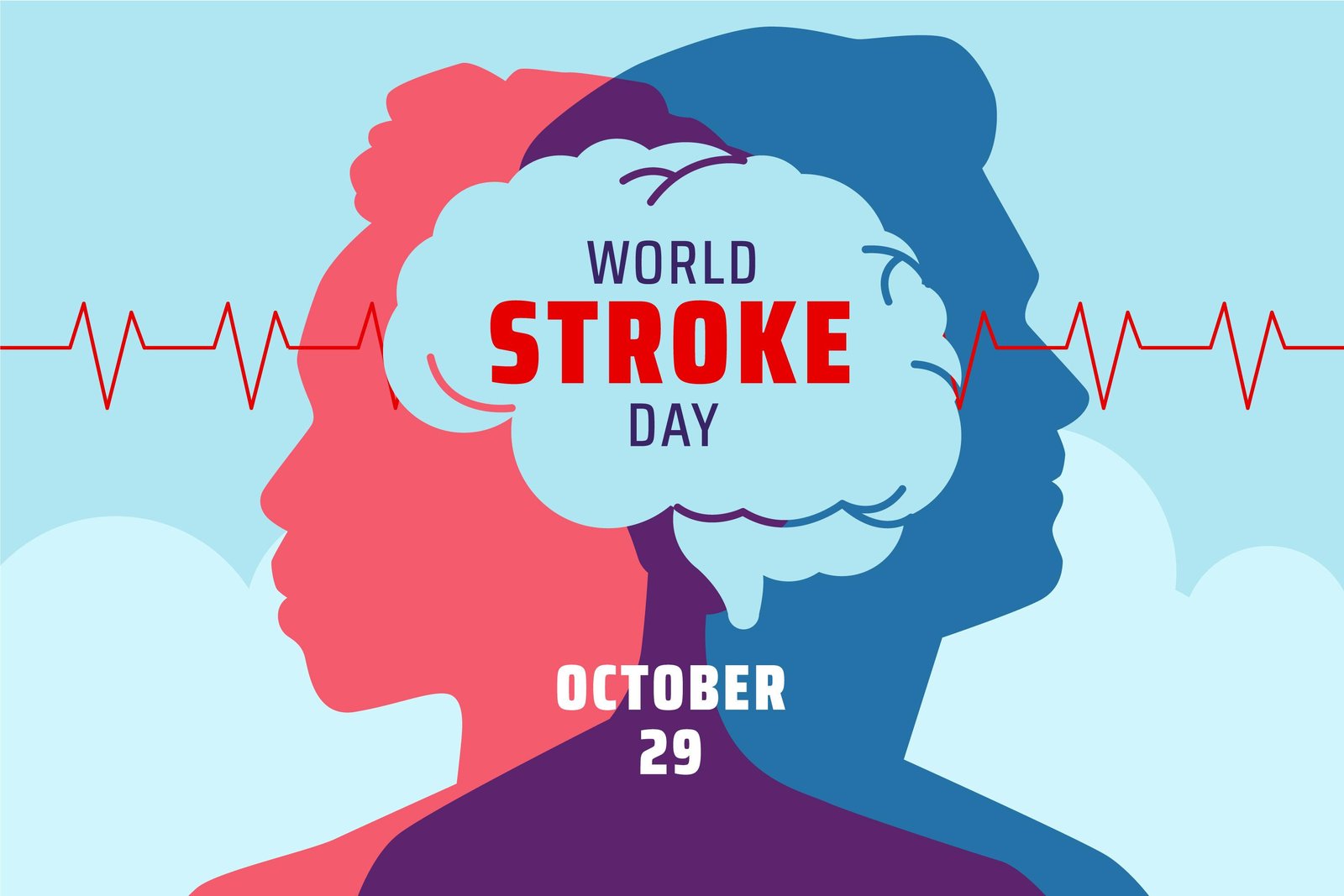
In the realm of public health, the battle against stroke, a leading cause of death and chronic disease, is both challenging and critical. The Centers for Disease Control and Prevention (CDC) emphasizes the importance of understanding stroke as a major health issue in the United States. This blog post aims to shed light on stroke health promotion and disease prevention, integrating essential LSI keywords such as ‘stroke prevention’, ‘health promotion’, ‘chronic disease prevention’, and ‘primary stroke prevention’ to enhance SEO optimization.
Understanding Stroke
A stroke occurs when blood flow to a part of the brain is interrupted or reduced, depriving brain tissue of oxygen and nutrients. This can lead to brain cells dying, resulting in severe health consequences. Strokes can be of various types, with ischemic strokes being the most common, caused by blocked arteries. Hemorrhagic strokes, caused by leaking or bursting blood vessels, and transient ischemic attacks (TIAs), known as “mini-strokes,” are other forms.
The Role of Health Promotion
Health promotion interventions play a pivotal role in stroke prevention. These include educating the public about risk factors and lifestyle changes that can significantly reduce the likelihood of strokes. A key component of health promotion is spreading awareness about the warning signs of stroke, enabling prompt medical intervention.
Risk Factors and Primary Stroke Prevention
Several risk factors contribute to the likelihood of a stroke. High blood pressure, smoking, obesity, and diabetes are among the most significant. Primary stroke prevention strategies focus on controlling these risk factors. For instance, maintaining a healthy diet, engaging in regular physical activity, and avoiding tobacco use can drastically reduce the risk of both heart disease and stroke.
Chronic Disease Prevention
Stroke prevention is intricately linked to chronic disease prevention. Many chronic conditions, like diabetes and heart disease, directly increase the risk of stroke. Public health strategies aimed at chronic disease control, such as promoting regular health screenings and managing existing conditions effectively, can significantly prevent strokes.
Health Care and Post Stroke Management
Effective healthcare systems are crucial for both stroke prevention and management. Post-stroke care involves rehabilitation and continuous monitoring to prevent further strokes. The CDC and health care providers play a vital role in developing and implementing strategies for stroke survivors’ recovery and prevention of subsequent strokes.
Enhancing Public Awareness: Key to Stroke Prevention
Raising public awareness is a critical step in stroke prevention. National campaigns and public health initiatives play a crucial role in educating people about stroke symptoms, the importance of timely medical response, and ways to reduce risk factors. Organizations like the CDC and various health promotion bodies conduct workshops, seminars, and online campaigns to disseminate information. Such educational efforts can significantly improve the early detection and prevention of strokes.
Lifestyle Modifications: A Proactive Approach to Health
Lifestyle changes are at the forefront of preventing strokes. This involves advocating for a balanced diet, regular physical activity, and cessation of smoking and excessive alcohol consumption. Health promotion interventions often include programs designed to help individuals adopt and maintain these healthy habits, thus reducing their risk of not only stroke but also other cardiovascular diseases.
Policy and Environment: Shaping Healthier Communities
Effective stroke prevention also hinges on supportive public health policies and healthy environments. This includes creating policies that encourage physical activity through safe community spaces, regulating tobacco and alcohol, and ensuring easy access to healthy food options. Such environmental and policy changes can create a framework that supports individuals in making healthier choices, thereby reducing the overall burden of stroke and heart disease.
Technology and Innovation in Stroke Prevention and Care
Advancements in technology have a significant impact on stroke prevention and post-stroke care. Telemedicine, mobile health apps, and wearable health devices offer new avenues for monitoring health, managing chronic diseases, and ensuring continuous care. These technologies can aid in the early detection of stroke risk factors and improve adherence to prevention strategies, thereby playing a crucial role in reducing the incidence and impact of strokes.
Conclusion
In conclusion, stroke health promotion and disease prevention require a multi-faceted approach involving public health education, primary and chronic disease prevention, and efficient health care systems. By addressing the risk factors and promoting healthy lifestyle choices, we can significantly reduce the incidence of stroke and improve overall public health. Remember, preventing a stroke is far more effective than treating one.



